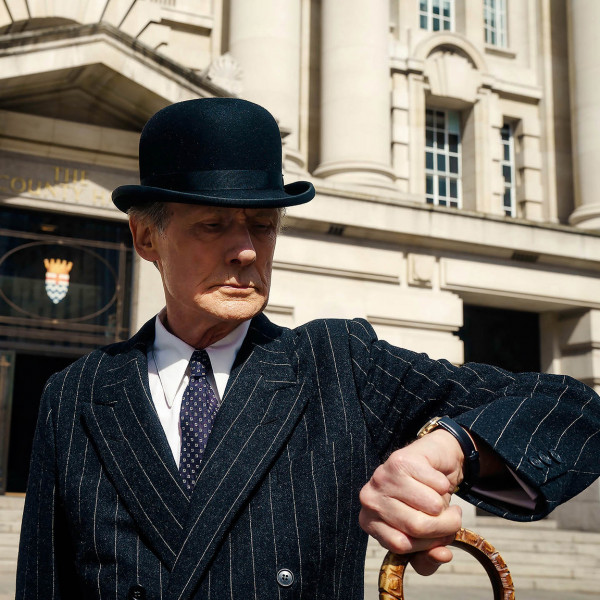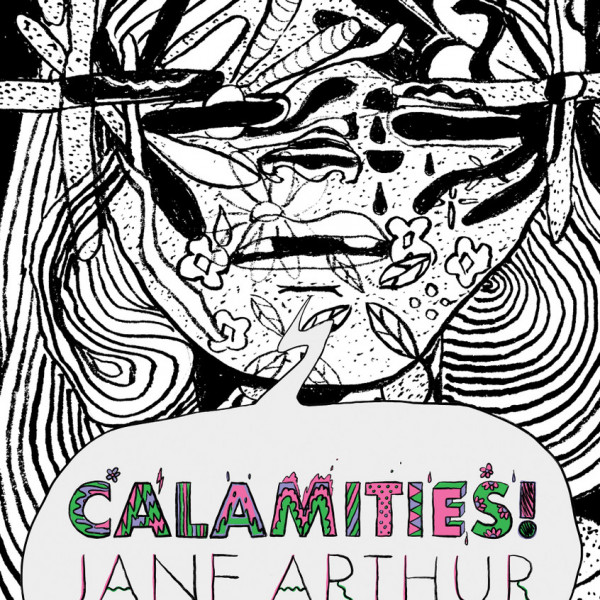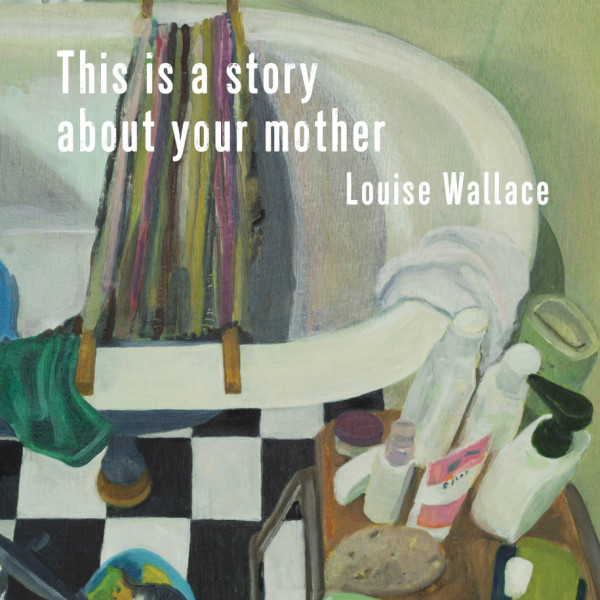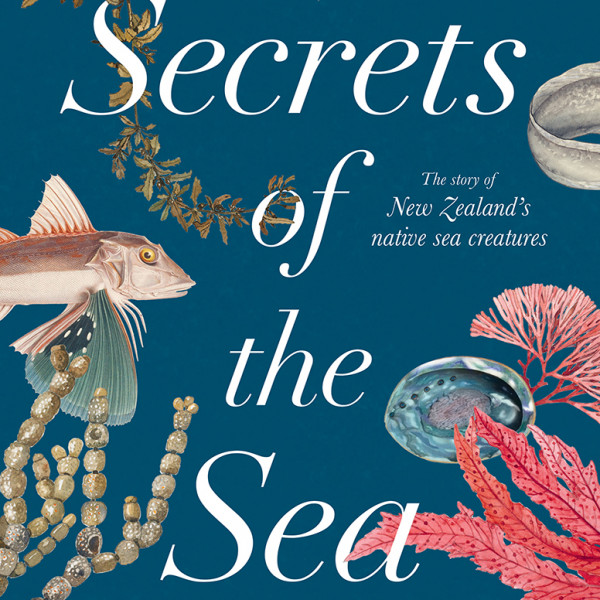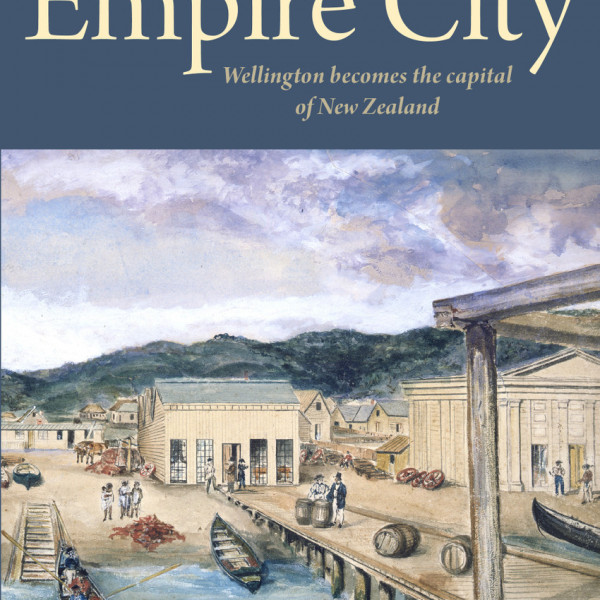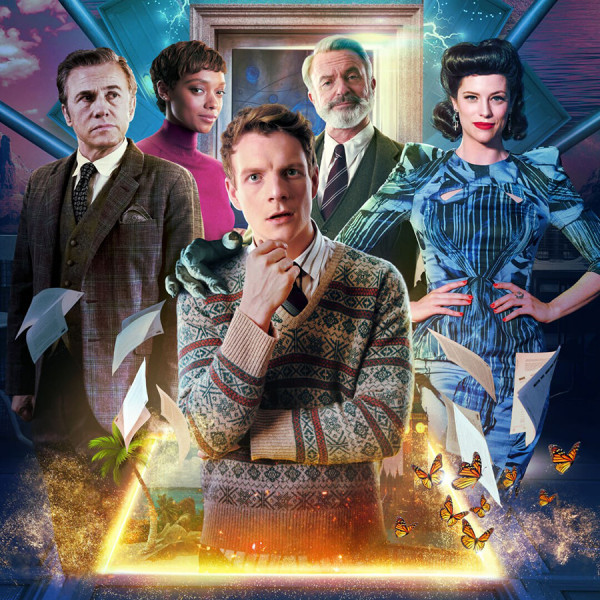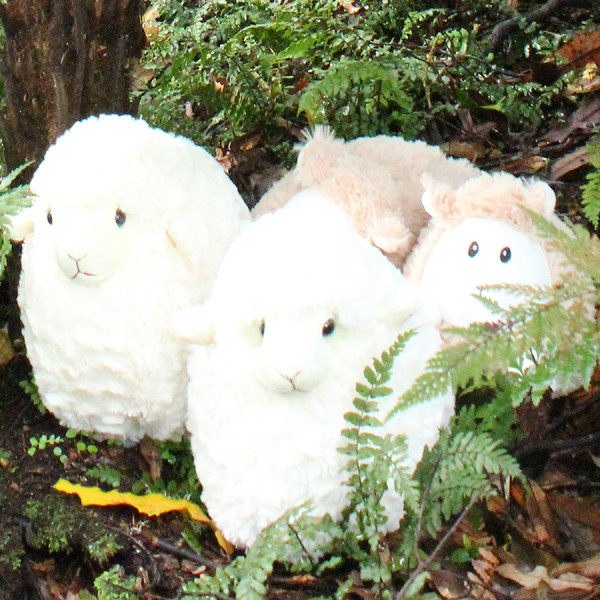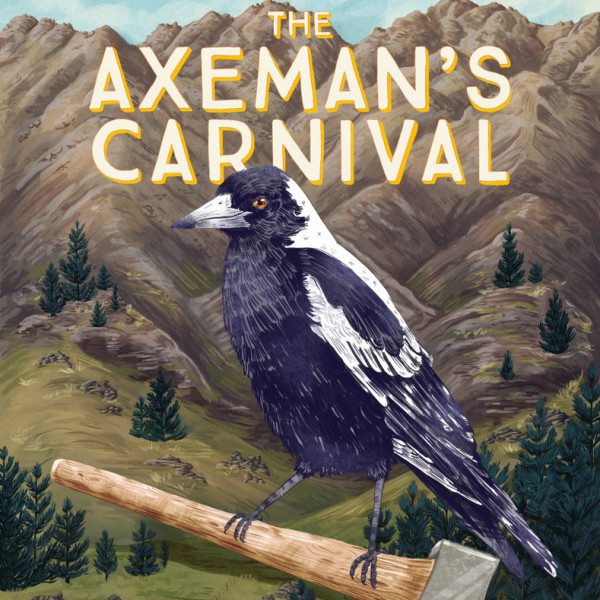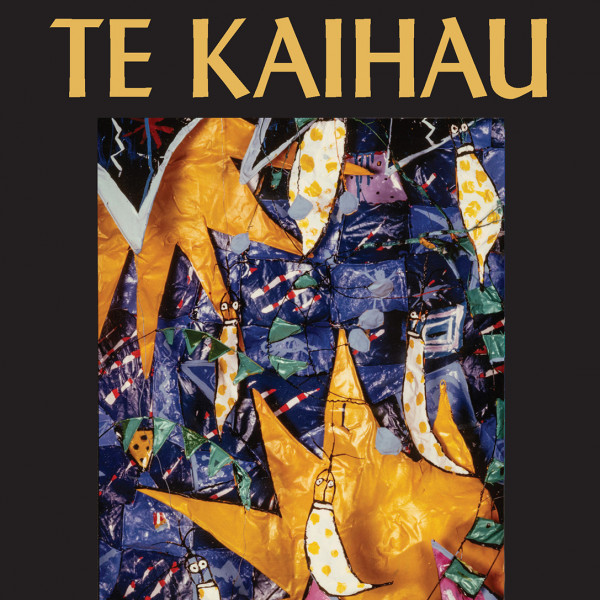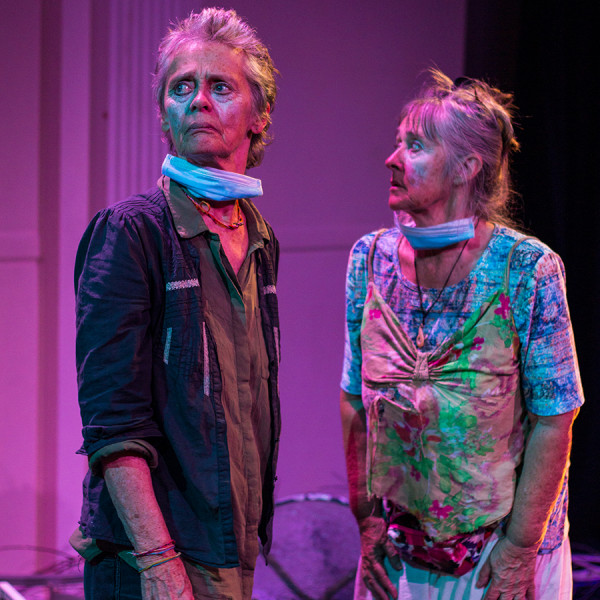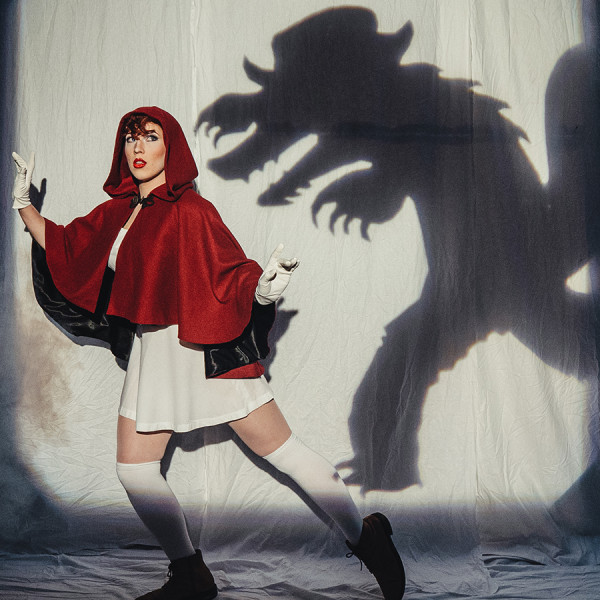
Into the Woods
Presented by: WITCH Music Theatre
Directed by: Nick Lerew
Te Auaha, 27th Apr 2023
Reviewed by: Madelaine Empson
Into the Woods is a Brothers Grimm-inspired musical that follows our favourite fairytale characters post-happy ending. With music and lyrics by Stephen Sondheim and book by James Lapine, the 1987 Broadway sensation explores hope, community, and the pervasive power of desire. Oh, the things we’ll do to see our wishes come true.
A Baker (William Duignan) and his Wife (Áine Gallagher) have been cursed by the Witch (Greer Perenara) next door. In order to reverse the curse and fulfil their deepest desire of having a child, they must retrieve magic potion ingredients from Jack (Tara Canton) and Milky White (Felicity Cozens), Little Red Riding Hood (Aria Leader-Fiamatai), Rapunzel (Emily Yeap), and Cinderella (Gayle Hammersley) – each pursuing a wish of their own. Into the woods they go, where they encounter Princes (Jackson Burling, Glenn Horsfall), an overzealous Steward (Ed Blunden), a wicked Stepmother (Joanne Lisik) and her nasty daughters (Aimée Sullivan, Mia Alonso-Green), a ravenous Wolf (Burling), a badass Granny (Paula Gardyne), and a Mysterious Man (Kevin Orlando) who speaks only in riddles. Meanwhile, Orlando narrates the chaos as a Giant (Cozens) sets up shop in the sky above the kingdom.
Into the Woods is a musical of two parts, where the first half is filled with upbeat music (performed exquisitely by a live orchestra), good humour, and, of course, happy ever afters. It’s clear from the buzz of elation in the atrium at interval that the first half is more enjoyable, but I’m putting that down to the script. The second half descends into grim madness, where multiple tragedies befall our heroes as the consequences of their choices come into sharp relief. The music is discordant, the silence loud. While the action may jolt and shudder, WITCH does a bang-up job of keeping the train from derailing.
There are too many magical moments to pack into this review, even if I wasn’t already over word count. Burling and Orlando’s comedic timing at every turn; Gallagher’s jaw-dropping Moments in the Woods, which I swear rouses one minute of relentless applause mid-scene; the Princes’ Agony and Horsfall’s dazzling twirlies; Canton’s charming portrayal of the earnest, dim-witted Jack; Perenara’s powerful Children Will Listen; Duignan’s understated but assured performance, which crucially grounds the action; Cozens’ star turn as Jack’s best friend, which nearly steals the show… No mean feat considering how exceptional the show is! The entire cast is talent personified and their vocal performances are fire (musical direction by Hayden Taylor and Maya Handa Naff).
Joshua Tucker’s enchanted production design envelops us in a magical world that is a pleasure to escape to. Bravo WITCH, Disney ain’t got nothing on you.




